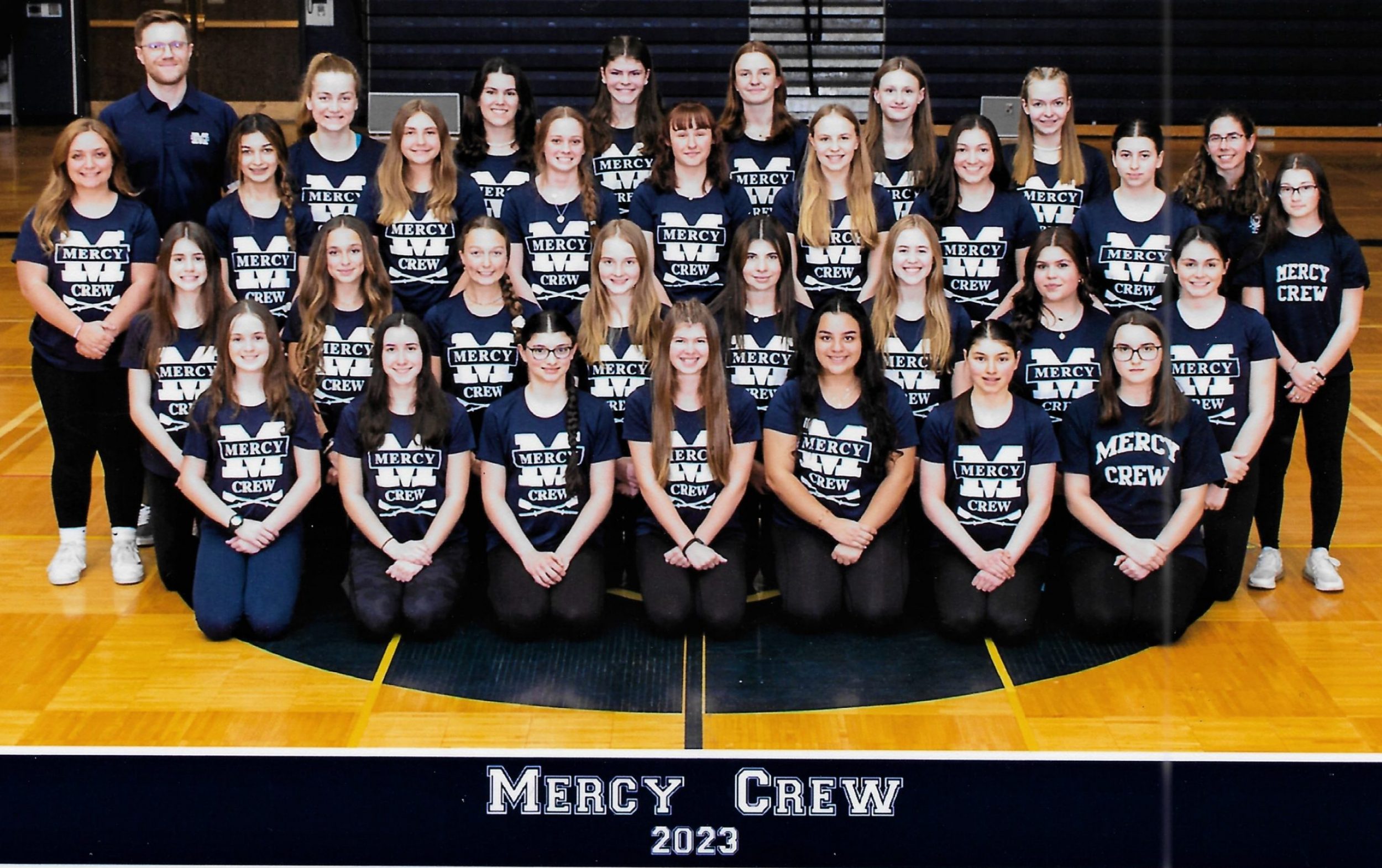Bye – in paired races, a boat that has been automatically advanced to the semi-finals or finals because there was an odd number of boats entered in the race.
Catching a crab – an oar that, at an angle to the water (rather than the ideal perpendicular), gets caught beneath the surface. The oarblade is driven into the stomach and has the potential to toss the rower out of the boat.
Coxswain – (pronounced COX-in) The person who steers the shell and is the on-the-water coach for the crew. He/she must weigh at least 100 – 110 pounds. Also referred to as the cox. Tradition has it that the crew throws the cox into the water if they win their race.
Crew – the group of people who row a racing shell, as in varsity crew or the sport of racing with racing shells, as in “He went out for crew in his freshman year.” Note in both of these instances, the word “team” is understood, but not used. There is no such thing as “crewing” or “crewing practice” or “crewers.”
NB4, NG8 etc. – shorthand for Novice Boys 4 boat and Novice Girls 8 boat, etc.
Novice – having less than one calendar-year’s worth of rowing experience. In racing, a novice may row in a varsity boat, but a varsity rower may not row in a novice boat. See Varsity definition, below.
Novice boat – a shell or boat crewed by novices only.
Parts of a Stroke
1) catch – the seat should be toward the stern, back and arms straight, arms fully extended, knees deeply bent, shins perpendicular to the water. The rower is folded and ready to uncoil.
2) drive – straighten legs, slide seat toward bow, pull toward bow with trunk/torso. Keep arms out straight and at a constant level, keep knees between arms. Complete the drive by leaning back and pulling the oars to the abdomen.
3) release – leaning back, lift the oar blades with a slight downward push on the handles, simultaneously drop wrists slightly to rotate the oar and feather the blade parallel to the water.
4) recovery – extend arms forward, slide seat toward stern, bring thighs up to chest. Try to be light on the seat, pushing down slows the forward movement.
Power 10 – a call for rowers to do ten (10) of their best, most powerful strokes; it’s a strategy used to pull away from a competitor.
Ratio – the difference between the time taken for the drive and the recovery. The recovery should take approximately twice as long as the drive. This slows the rower down to avoid impeding the forward progress of the shell. Good ratio allows for more run.
Repechage – a last-chance qualifying heat in which the runners-up in earlier heats race each other, with the winner advancing to the finals.
Run – the distance a shell moves during the course of one stroke. Calculate the run by looking for the distance between the puddles made by the same oar.
Scull – a light, narrow racing boat for one, two or sometimes four rowers; each rower is equipped with a pair of oars. These oars are smaller than the oars used in sweep rowing.
Shell – a light, long, narrow racing boat, for rowing by one or more persons.
Stern – the back or rear of the boat.
Stroke – the rower closest to the stern. Stroke sets the rhythm for the boat; others behind him/her must follow the cadence he/she sets.
Sweep rowing – shells for four or eight rowers; each rower is equipped with a single oar which stays in a fixed position on the boat.
Swing – the hard-to-define feeling when near-perfect synchronization of motion occurs in the shell, enhancing the overall speed and performance.
Varsity – having at least one calendar-year’s worth of rowing experience. In racing, a novice (less than one year of experience) may row in a varsity boat, but a varsity rower may not row in a novice boat.
VG8, VB4 etc. – shorthand for Varsity Girls 8 boat and Varsity Boys 4 boat and the like.

